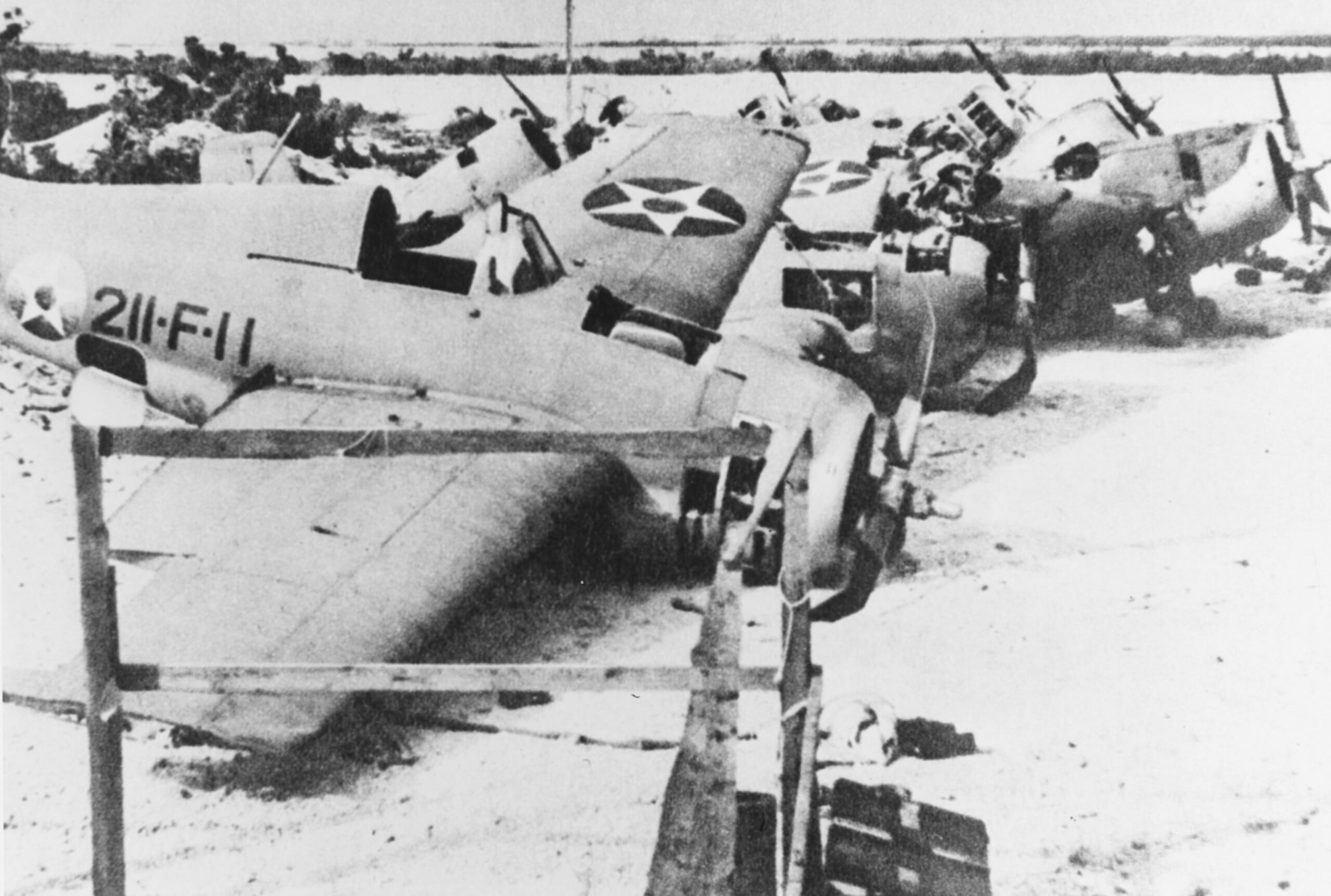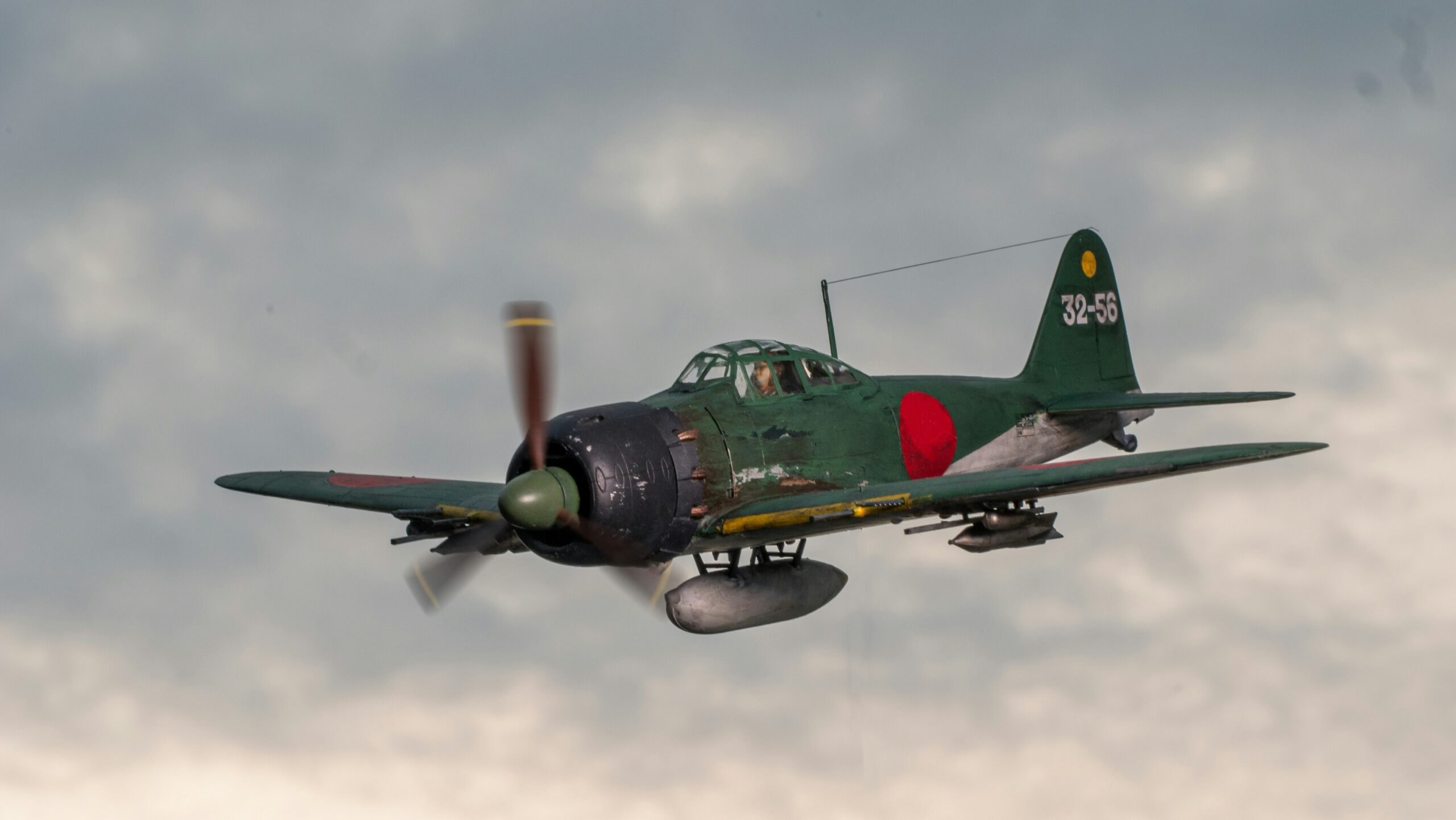Memory Of WWII Still Vivid for Vets (Part I of the Wake Island Story) “Considering the power accumulated for the invastion of Wake Island and the meager forces of the defenders, it was one of the most humiliating defeats the Japanese Navy ever suffered.” —Masatake Okumiya, commander, Japanese Imperial Navy By Steve PollockThe Duncan (OK)…
Tag: Wake Island
The Wake Island Story Part II
Wives Cope With Husband’s Memories (Part 2 of the Wake Island Story) By Steve PollockThe Duncan (OK) Banner)Sunday, August 13, 1989 MARLOW — It all came back to them this weekend — fists lashing out during nightmares, the traumatic memories, the attempts to catch up on lost time. The wives of 10 Wake Island survivors…



